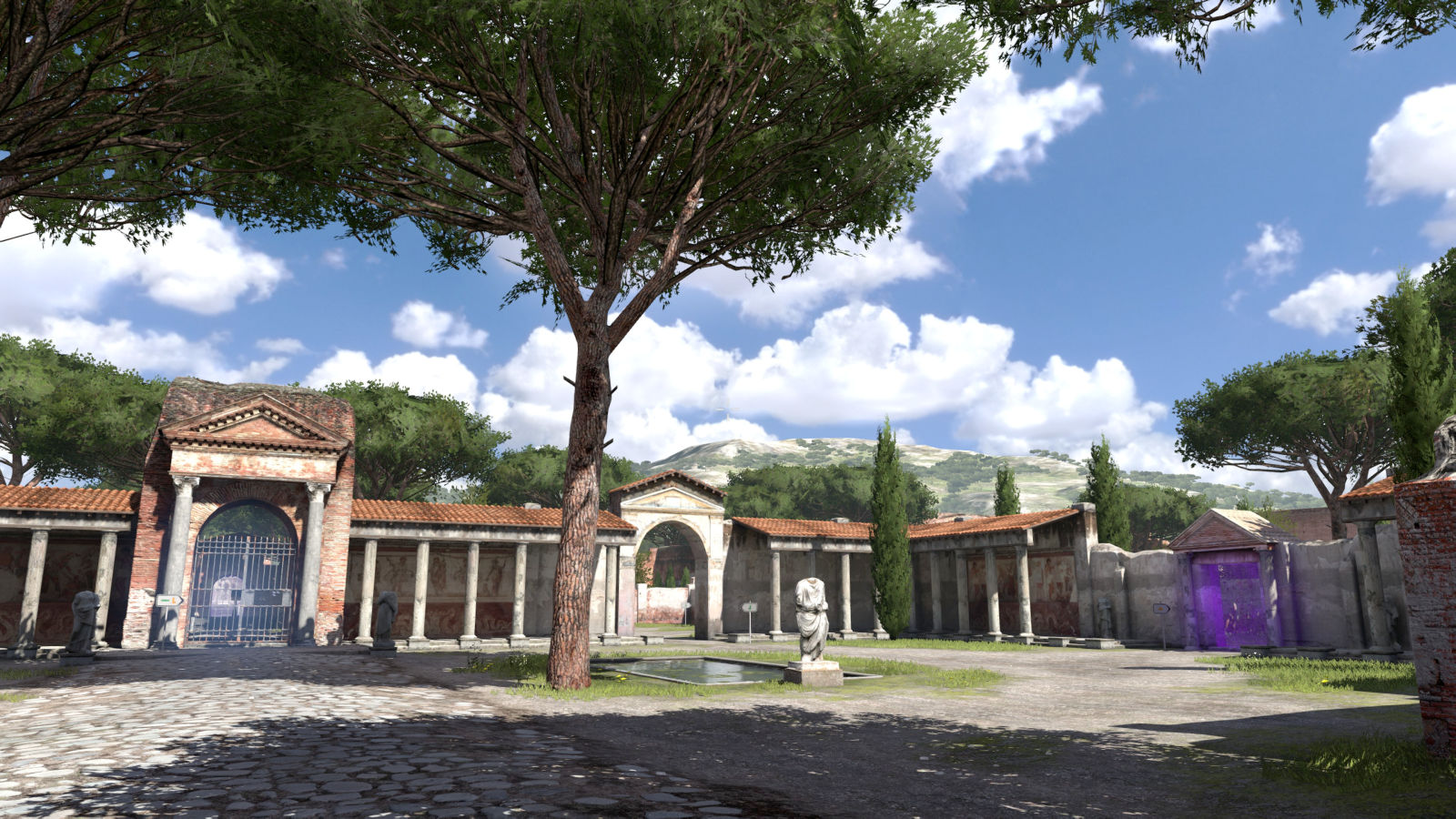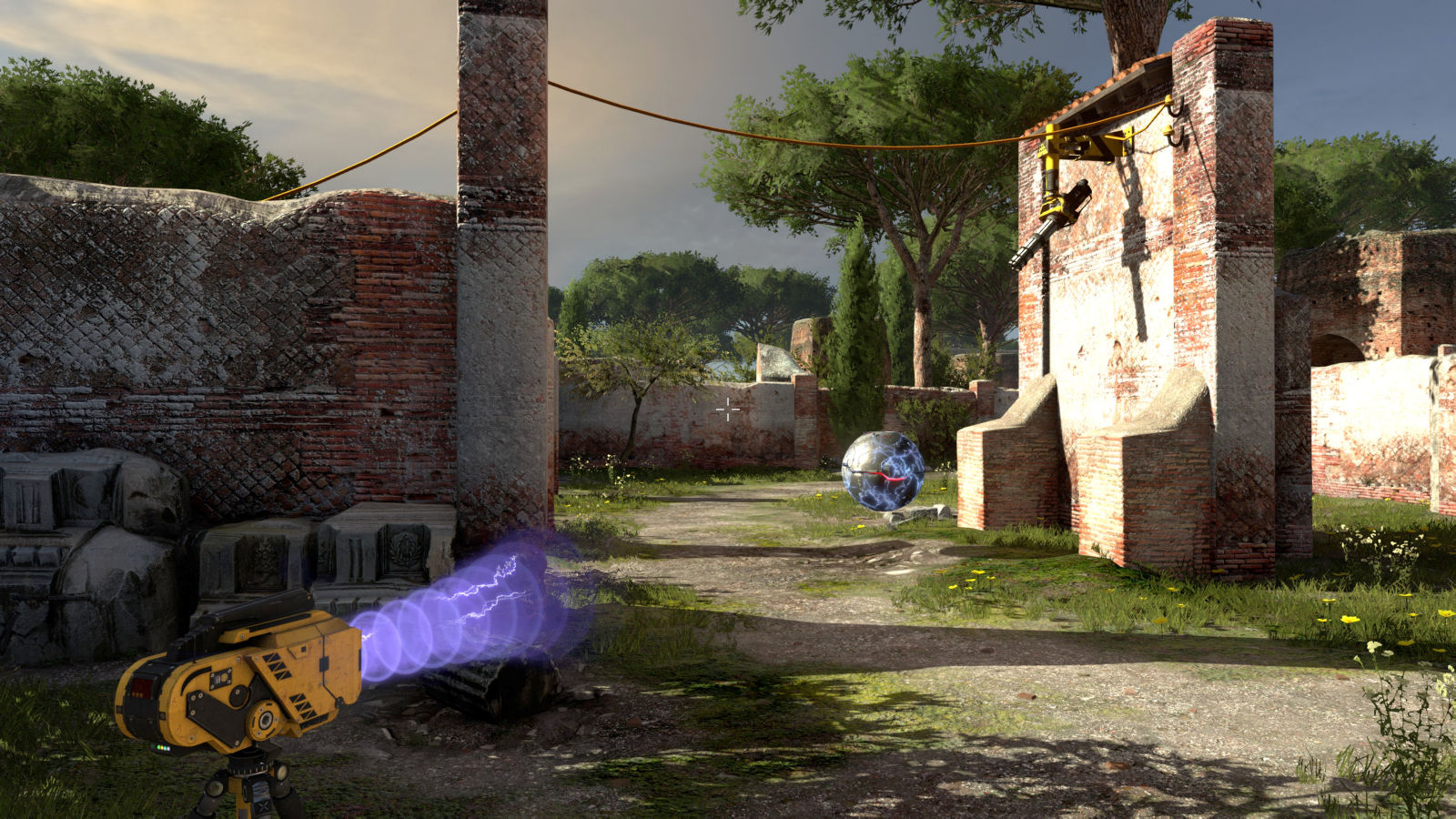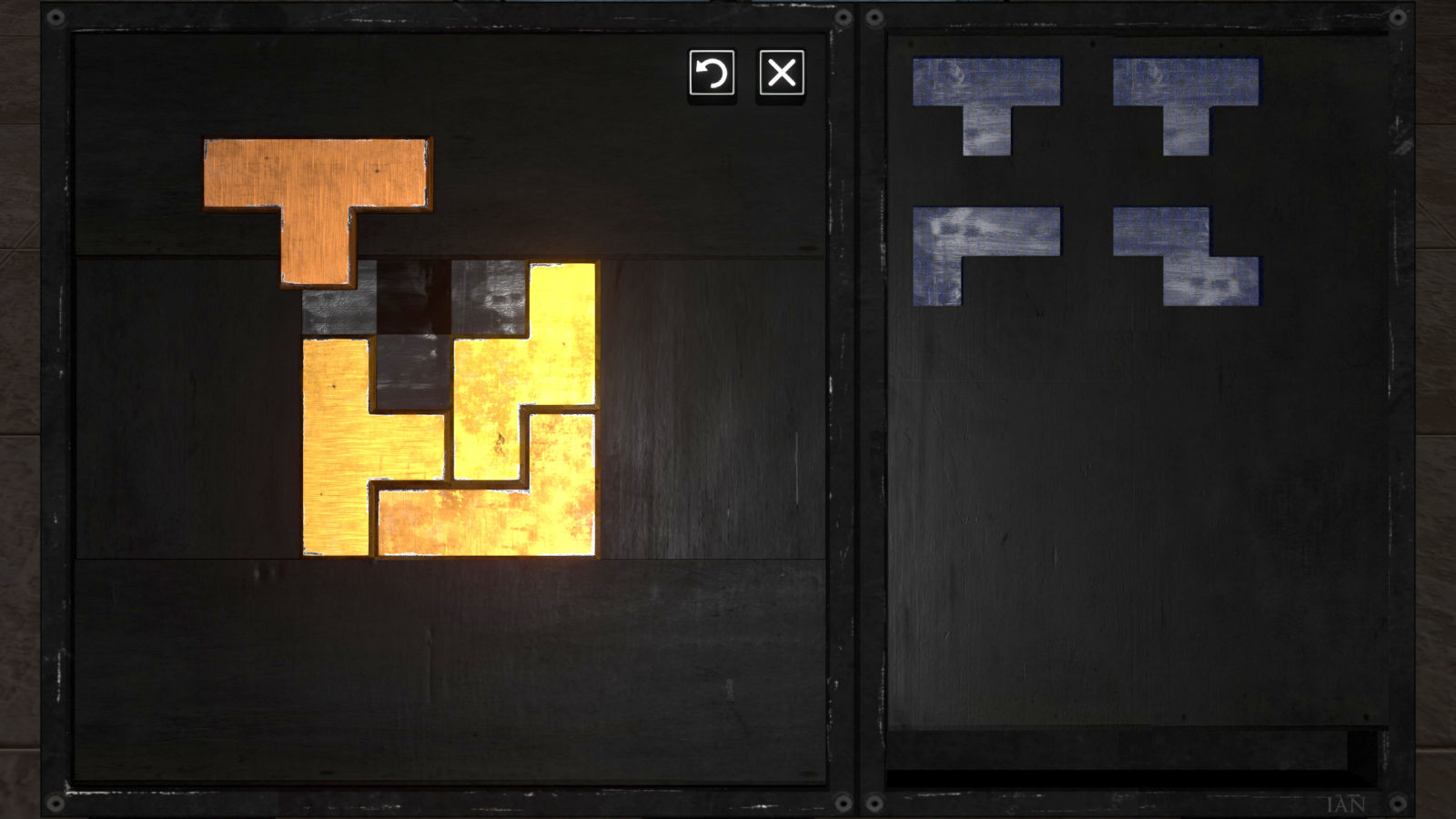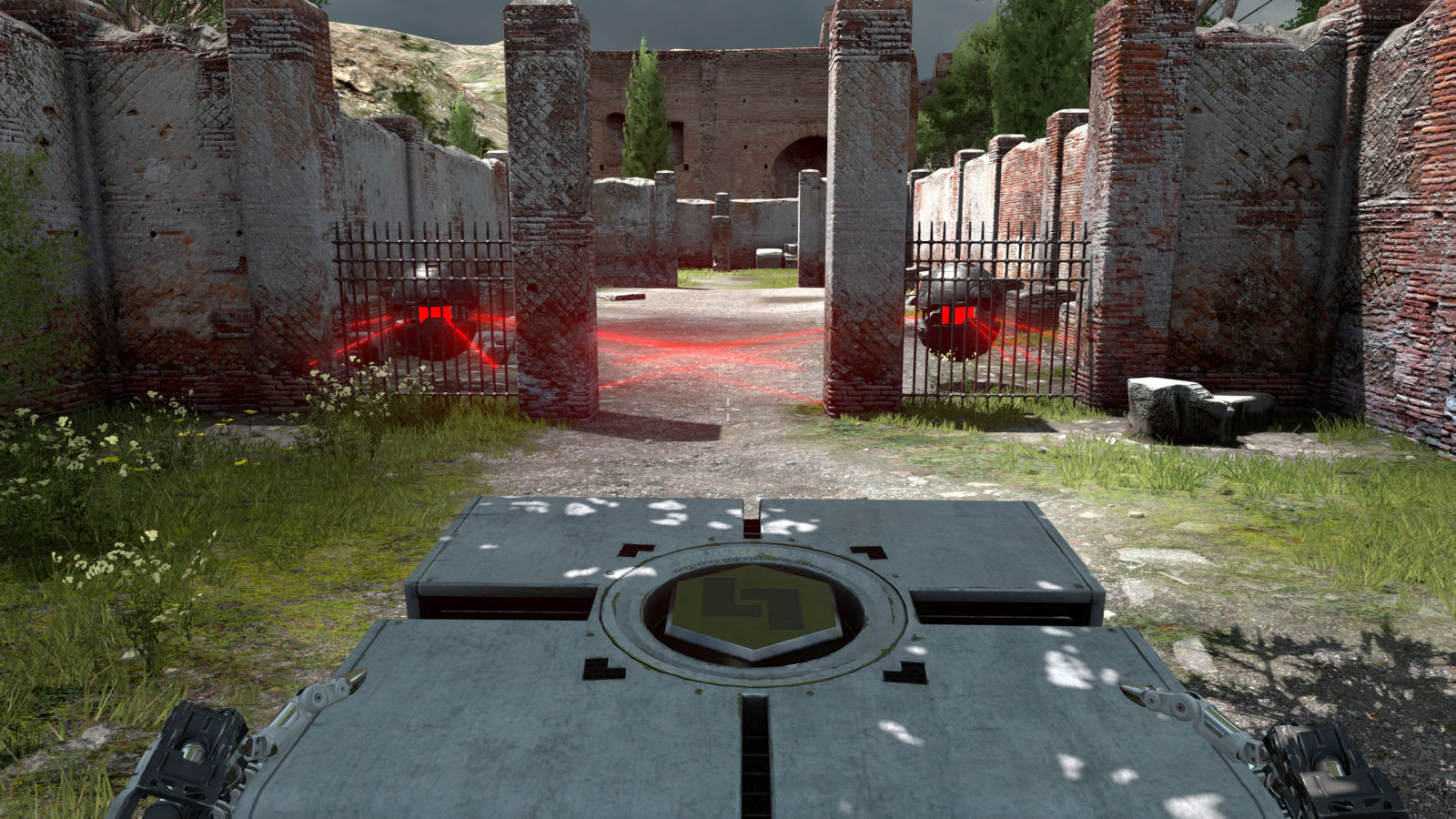Developer: Croteam | Released: 2014 | Genre: Puzzle, First Person
March 4, 2020
I’ve played a couple of hours of this first person puzzle game. It’s quite long – about 15-30 hours depending on your puzzle fu – and I’ve decided that the game is too samey to warrant completing. Also, I’ve heard a rumor that there’s a countdown in the end. Groan.
But other than that, I actually liked a lot about it. I’ve had it a long time in my backlog with comments about it being sort of a spiritual sibling to The Witness, but that’s not quite warranted. It has actually much more in common with the Portal series, spawning and moving stuff in small areas to get the sigil.

Playing as a robot in first person, I was spawned in environmental ruins that looked like the perfect home for Serious Sam. This was not too surprising as it’s the same developer. Using the same type of level design and even the fast walk and sprint speeds seemed a bit lazy to begin with, but it looked good and ran very smoothly in 4K resolution on my five year old PC.
Elohim, a narrative voice, bid me welcome to puzzles that might eventually lead to eternal life.
The small puzzle areas, each contained behind a resetting magenta force field, led to a small “Tetris”-piece at the end. These areas had puzzles that typically involved floating balls mines (that exploded when getting near), machine gun turrets (waving a lot of red detection lasers around like crazy), and blue force fields. One or more yellow devices could then be picked up and placed to jam any of these three hurdles.
It didn’t take long until I learned that the puzzles were often based on the box swapping principle.

Remember the old video game trope of moving the same two boxes across shallow water to avoid getting electrified? For example, a mine and a turret were already jammed by yellow devices next to them. I could then pick up a third device, double-jam the turret to get close and pick up the one that originally jammed it, then use that to do the same thing to the jammed ball mine. The result would be freeing up three yellow devices to continue swapping and jamming my way through the area.
Sometimes I needed to be cunning to jam stuff in the proper order, such as pointing the device through small “windows” or open/close force fields for ball mines to traverse a new route. Meeting a turret meant explosion. If I have to be absolutely honest, I wasn’t entirely happy about the design of these puzzles. The idea of jamming in the right order made for cute puzzles, but I wasn’t fond of how I sometimes had to sprint and sneak around to avoid a ball mine homing in on my face, then dart for the sigil.
Green sigil puzzles were easy, yellow medium, and red harder.

The sigil pieces were totally inspired by Tetris and were used to build a perfect rectangle on a puzzle plate, usually placed on a locked door. The pieces could be rotated and the puzzles not too difficult in the short while I played the game. Opening the doors led to new areas, new worlds, or new helping devices such as a fan for blowing stuff or a big block to place on buttons.
Apart from the divine comments by Elohim there was also an interesting narrative on QR codes tagged on walls, even beeping retro computers where I could select a few console commands. I could read e-mails, documents, error reports, or even answer questionnaires for certifications. These computer consoles were present in all of the new hub sections I dropped in on.
One snowy section also had a soaring tower that Elohim forbid me to visit. Talk about reverse psychology. I couldn’t get up far, though. More sigils had to be collected to open more doors. Hm.
Maybe I’ll play a bit more still, but I don’t intend to complete it. Way too long for its type of puzzles.
March 5, 2020
Played a little more this evening before finally leaving it behind.
I got the sigils for the deflector and the box. The first few puzzle areas for the deflector were wonderful since none of those pesky ball mines were hovering about, ready to blow my testicles off. I could click on an energy muzzle, then on another muzzle, and finally a third time to put it down. A laser was then formed to connect at a bend through the deflector, e.g. to turn off a force field. Later I could even extend the number of clicks before putting it down to branch this out even further.
With the box I could put a deflector on top of it, place the box on a switch, or jump up on top of it. The first few puzzles with this box were all right, but unfortunately they were also the quiet before the storm. A nasty puzzle soon popped up that finally made me decide not to continue puzzling.

It was the area with two boxes where one was placed on a switch to turn off a force field and another brought through a corridor with two traversing ball mines. I died a dozen times here, trying to negotiate a truce with the spheroid yobs. The only way I could get past them was to first drop the box to bring their aligned traversing out of alignment, then pick it up again and dart past them in a timely manner.
I hated it. This is not how I want my puzzles to be in these kind of games.
Nevertheless I did get enough sigils to open up the B world near the soaring tower. This turned out to be pretty Egyptian tombs and yards – again like taken straight out of a Serious Sam game.
Abandoned after 3 hours.
My review of choice: Adventure Gamers


